Effective asset management has become a linchpin for achieving operational excellence in today's dynamic business landscape. The synergy between SharePoint and Ultimate Forms, a powerful SharePoint-based solution, provides a robust foundation for creating an efficient and streamlined asset management system. In this guide, we'll walk you through the initial steps of building an asset management system that combines the capabilities of SharePoint and Ultimate Forms.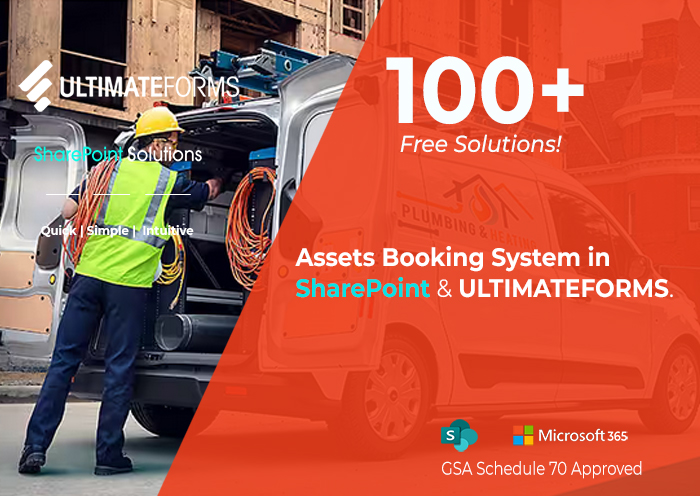
Understanding the Power of SharePoint and Ultimate Forms
Before diving into the building process, it's essential to grasp the strengths of both SharePoint and Ultimate Forms. SharePoint, Microsoft's versatile platform, offers a wide array of tools for collaboration, document management, and workflow automation. On the other hand, Ultimate Forms adds an extra layer of functionality by enabling you to design customized forms, automate processes, and enhance data collection within your SharePoint environment.
Define Your Asset Management Goals
Begin by clearly defining your asset management goals. What assets do you need to manage? What are your objectives for tracking and utilizing these assets? Understanding your goals will help shape the structure and features of your asset management system.
Assess Your Current Asset Management Processes
Take stock of your current asset management processes. Identify pain points, inefficiencies, and areas that need improvement. This assessment will serve as the foundation for designing a more streamlined and effective system.
Plan Your System Architecture
Determine the architecture of your asset management system. Consider factors like the hierarchy of assets, user roles and permissions, and integration points with other systems. Planning your system architecture will help ensure a well-organized and coherent system.
Utilize Ultimate Forms for Customized Forms
Ultimate Forms comes into play when you need customized forms to capture asset-related data. Design forms that align with your asset management goals, incorporating fields for asset details, ownership, maintenance history, and more.
Implement Automated Workflows
Leverage SharePoint's workflow capabilities, combined with Ultimate Forms, to create automated workflows for asset management. Design workflows that trigger notifications for maintenance schedules, approvals for asset requests, and alerts for critical events.
Integrate Metadata and Tags
Utilize SharePoint's metadata capabilities to categorize and tag your assets efficiently. This enhances searchability and facilitates organized asset grouping.
Ensure User Adoption through Training
User adoption is key to the success of any system. Provide training sessions to familiarize users with the asset management system's features, showing them how to navigate the system, submit requests, and access asset information.
Monitor, Iterate, and Improve
After the initial implementation, continuously monitor the system's performance and gather feedback from users. Use this feedback to make iterative improvements and enhancements to the asset management system.
Measure Success and ROI
Define key performance indicators (KPIs) that align with your asset management goals. Measure the success of your system by analyzing factors such as improved efficiency, reduced downtime, and optimized asset utilization.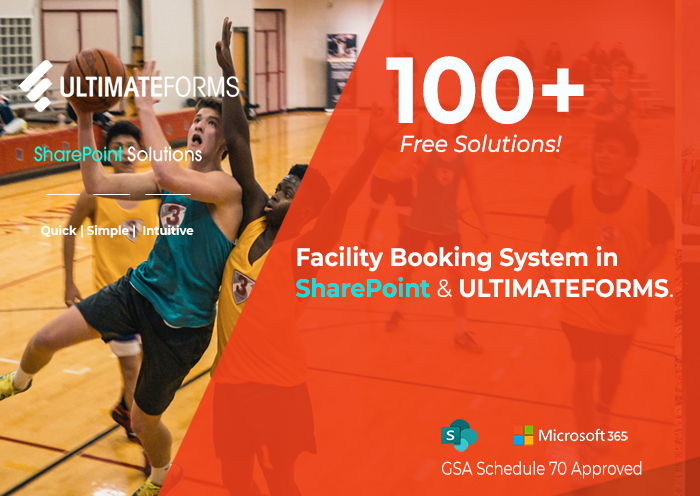
Start Building Your Efficient Asset Management System
Ready to embark on the journey of building your asset management system on SharePoint and Ultimate Forms?
Access our comprehensive guide at to kick-start your efforts and create an asset management system that empowers your organization's success.
In conclusion, the collaborative capabilities of SharePoint and the customized functionality of Ultimate Forms make for a powerful combination in creating an asset management system. Following these steps'll lay a strong foundation for a system that efficiently tracks, manages, and optimizes your valuable assets.
FAQs About Building Asset Management Systems on SharePoint and Ultimate Forms
1.What advantages does Ultimate Forms bring to building asset management systems?
Ultimate Forms enhances SharePoint with customized forms, automated workflows, and advanced data collection, making it an ideal tool for creating effective asset management systems. Learn more at InfowiseSolutions.com/Assets_Management_System
2. Can I integrate Ultimate Forms with my existing SharePoint environment?
Absolutely! Ultimate Forms can be effortlessly integrated into your SharePoint setup, enhancing its functionalities and expediting your application development and asset management tasks. For more information on integration, visit InfowiseSolutions.com/documentation
3. How do automated workflows benefit asset management processes?
Automated workflows streamline tasks such as maintenance scheduling, approval processes, and event notifications, improving efficiency and reducing manual intervention.
Automation of workflow is best explored here and through many other resources, we have on our website. Use the search on our site to find what you need.
4. What is the significance of metadata and tags in asset management?
Metadata and tags enable efficient categorization and organization of assets, simplifying search and retrieval processes. Learn more about metadata utilization.
5. How can I ensure a successful asset management system implementation?
User training, continuous monitoring, iterative improvements, and measuring key performance indicators are essential for a successful asset management system implementation.
Gain implementation insights at InfowiseSolutions.com/tutorials
Add your comment
Flexible Forms
Convenient responsive modern forms, featuring tabs, section and column permissions, dynamic rules, repeating sections, electronic signatures and input validation, while keeping all your data safely inside SharePoint.
Smart dynamic SharePoint forms provide an exceptional user experience, improve data quality and simplify business processes, saving you valuable resources.
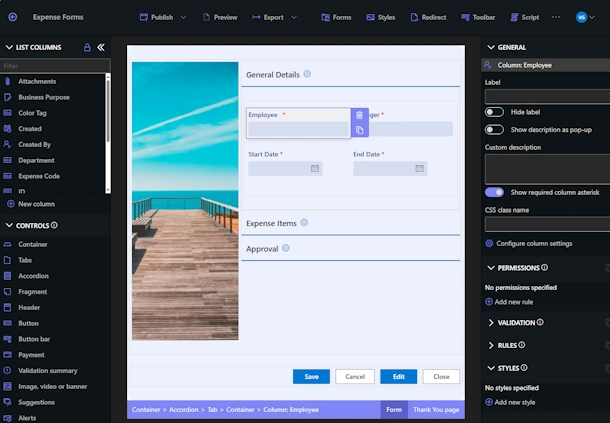
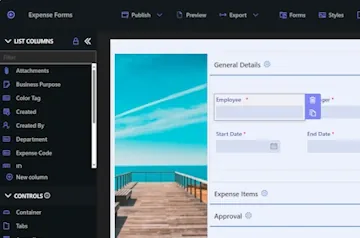
Intuitive Automation
Replace complex SharePoint and Power Automate workflows with simple, but versatile Actions to create and update data inside SharePoint and in a variety of integrated applications, such as Exchange, MS SQL, Teams and many more.
By reducing the learning curve, you empower more people in your organization to create and manage business solutions, successfully removing bottlenecks.
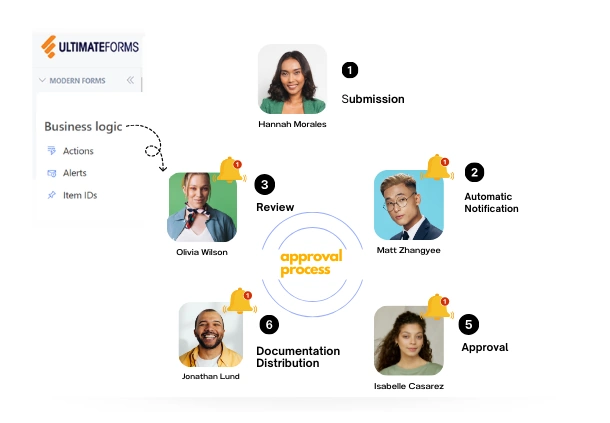
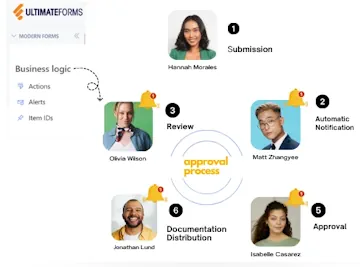
Clear Reporting
Present data as actionable insights with detailed shareable reports, dashboards, KPIs, calendars and charts.
Everyone is able to visualize information in an accessible fashion, improving responsiveness and accountability.
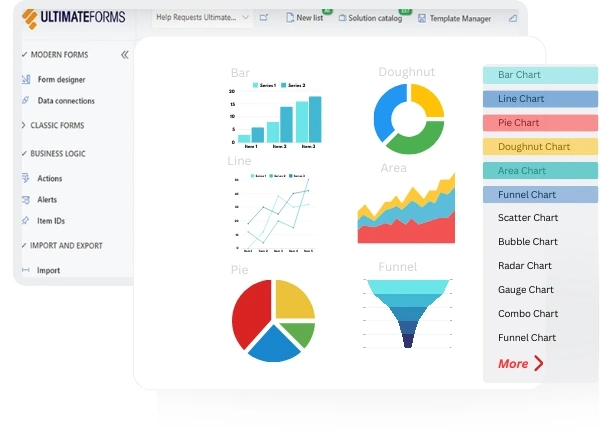
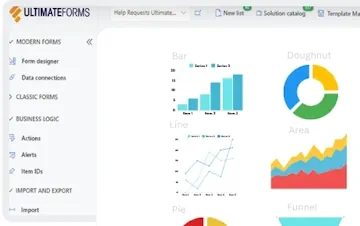
100’s of Templates



